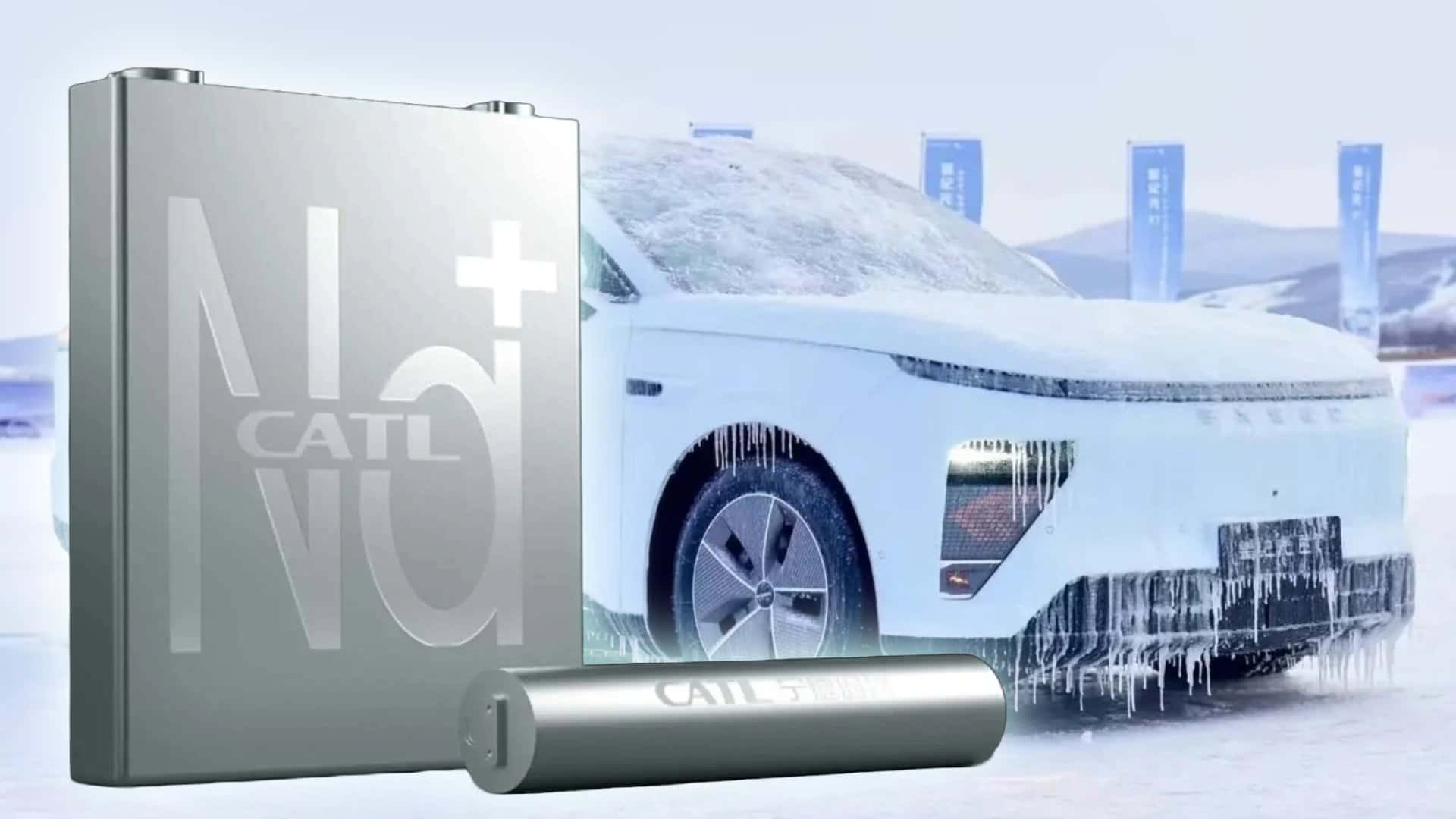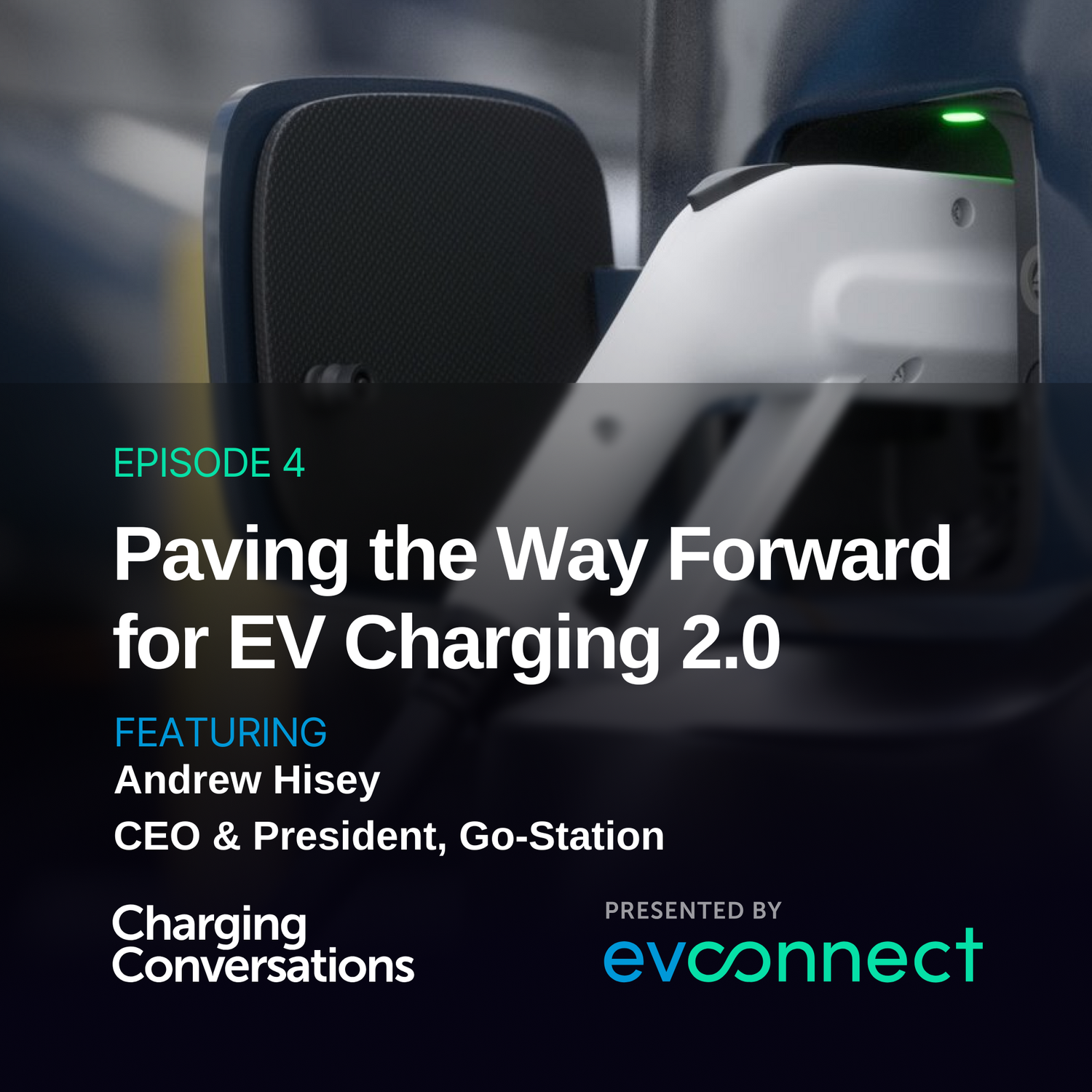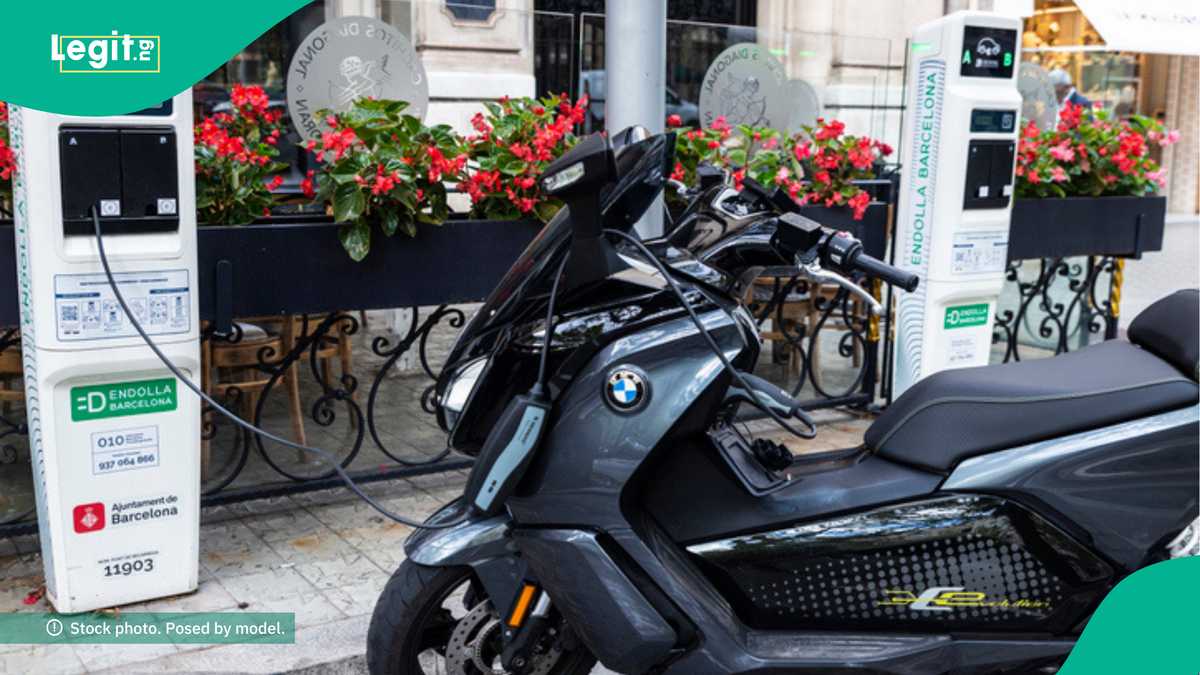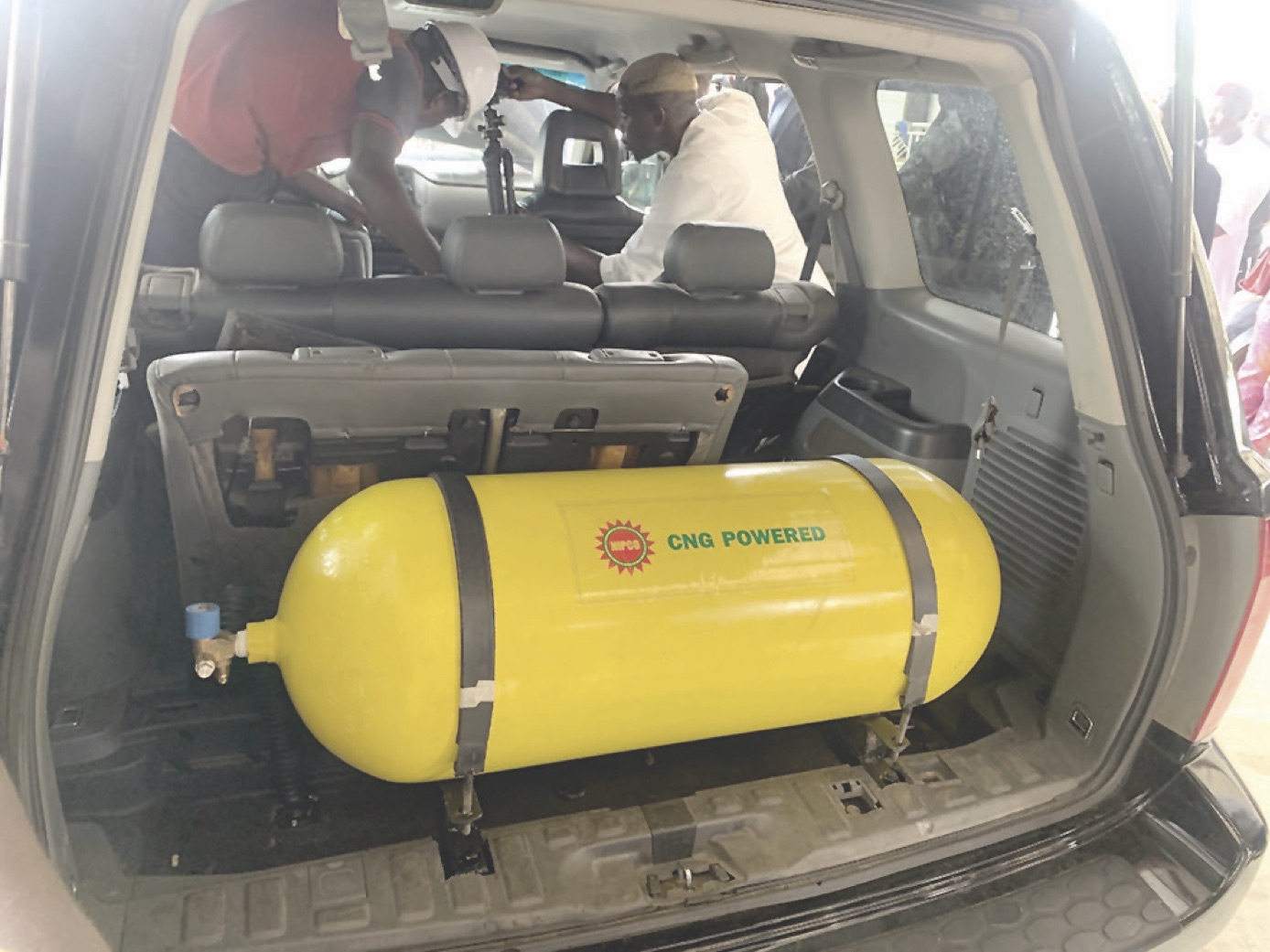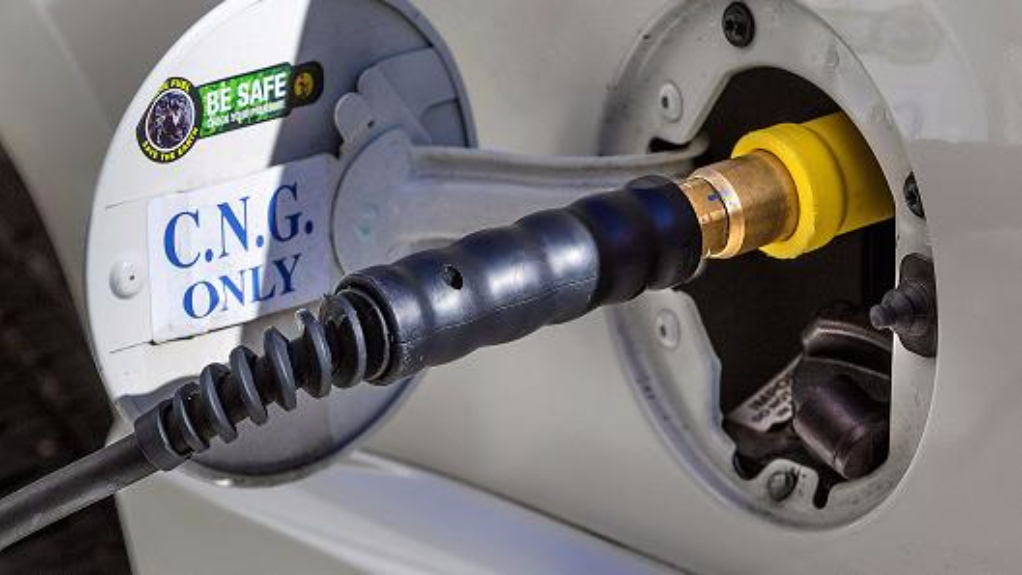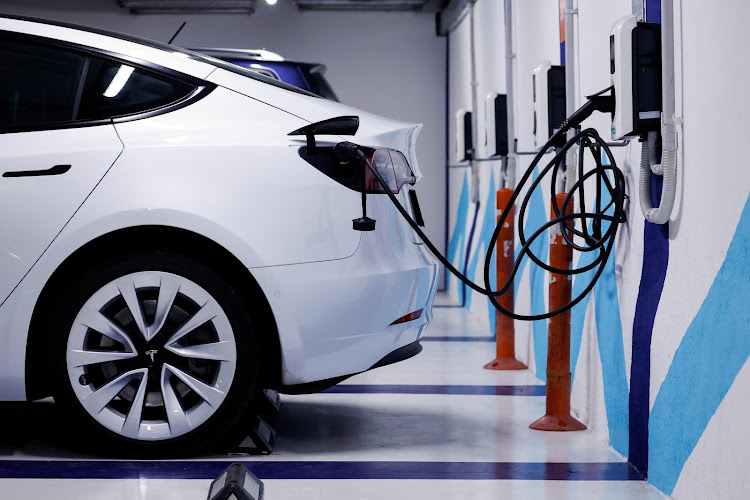
- A study of almost 5,000 EVs revealed modern high-voltage batteries can go for years and years with minimal degradation.
- The degradation rate has decreased by almost a quarter compared to 2019.
“Batteries in the latest EV models will comfortably outlast the usable life of the vehicle and will likely not need to be replaced.” That’s what David Savage, Vice President for the UK and Ireland at Geotab said in the company’s latest study that looked at how EV batteries degrade over time.
Geotab is a Canada-based fleet management company that, among other things, analyzes telematics data from electric vehicles. In 2019, the firm reported that EV batteries degrade by 2.3% on average every year. Now, though, there’s a new study that shows things are even better.
After looking at the battery health of almost 5,000 fleet and private EVs representing nearly 1.5 million days of telematics data, Geotab found that the average annual degradation rate of modern electric vehicle batteries is just 1.8%. That’s 22% better than five years ago and, more comforting, the top-performing vehicles have a battery degradation rate of just 1% per year.
“We still see battery reliability being used as a stick to beat EVs with. Hopefully, data like ours can finally put these myths to bed,” Savage said. “The fact is that a 1.8% decline in battery health is unlikely to have a significant impact on most driver’s daily vehicle needs, and this number will only come down further with new EV models and improved battery technology. People should feel confident that many current EVs are suitable and cost-effective to replace a range of light, medium and heavy-duty ICE vehicles.”
A 1.8% annual degradation rate means that in 20 years, the battery of an EV would theoretically still have 64% life in it. In other words, it could still theoretically achieve 64% of its original range figures. So in the case of a Tesla Model Y Long Range All-Wheel Drive, one of the best-selling EVs in the world, its original 320-mile range would go down to 204.8 miles, which would still be plenty for town driving or even short road trips.
What’s more, Geotab said that highly used EVs don’t show increased battery degradation rates, meaning more value can be achieved the more they are driven. And what’s equally interesting is that the rate at which modern EV batteries degrade is lower than that of internal combustion vehicle drivetrain components.
The Ultium battery pack of the GMC Hummer EV
All that being said, bear in mind that a battery’s state of health isn’t directly proportionate to the remaining range, but they are linked. That’s because most, if not all modern cars have protection buffers at both state of charge ends–that’s why you often see two battery capacity metrics, gross and net.
As time goes on, those protection buffers will become smaller and smaller, effectively eating into the unused parts of the battery and alleviating the range loss that might otherwise be experienced by the driver. Those buffers will eventually run out, and it’s then that the range figure will finally drop on the car’s so-called guess-o-meter.
The protection buffers on a typical lithium-based EV battery.
You can think of it like this: if the car’s battery originally had a gross capacity of 60 kilowatt-hours, after 10 years with 1% degradation per year, it would effectively act as a 54 kWh battery.
One of the biggest factors that can affect the state of health is temperature. According to the vehicle telematics firm, there’s a big difference between cars that have actively cooled battery packs compared to those with passive air systems. The 2015 Tesla Model S, which is by no means the most modern EV but has an active liquid cooling system, has an average battery degradation rate of 2.3%, while the air-cooled 2015 Nissan Leaf is at 4.2%.
The effects of temperature on EV batteries.
Another factor that can accelerate battery degradation is high ambient temperatures–to get around this, owners should try and park in the shade if possible. Furthermore, keeping the state of charge between 20% and 80% is ideal and will prolong the life of the pack compared to very high or very low states of charge.
Battery degradation is inescapable, but studies like this show that some simple habits are enough to prolong the life of what is essentially the most expensive part of an EV. Other studies have shown that DC fast charging doesn’t have as big of an impact on battery life compared to AC charging as previously thought and that continuously charging an LFP-based battery to 100% could in fact damage the cells.




